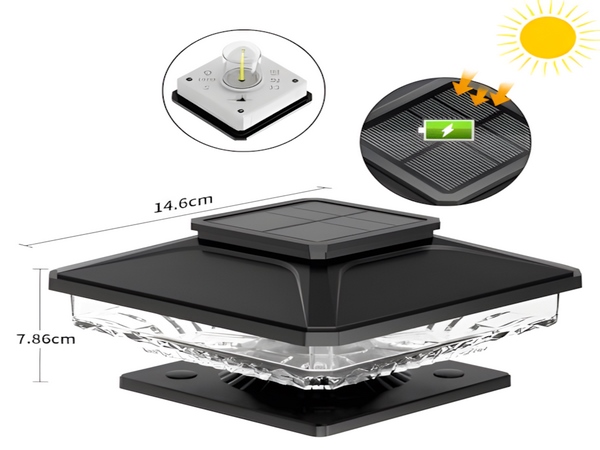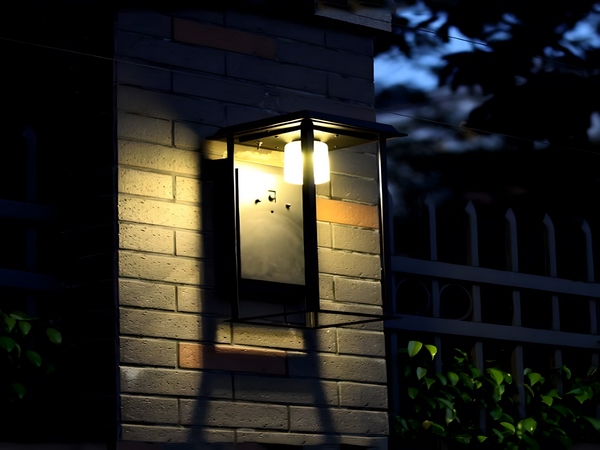

Solar light is the main energy source for solar street lights, charging during the day and being used at night. There’s no need for cable installation, and the setup is simple and convenient. It is safe, energy-saving, operates steadily and reliably, saving on electricity costs.
The working principle of solar street lights is quite simple. It primarily utilizes photovoltaic effect to create solar cells. During the day, the solar panels receive solar radiation energy and convert it into electrical energy, which is stored in batteries through a charge and discharge controller. At night, when the illumination gradually decreases to around 10 Lux, the solar panel’s open-circuit voltage, which is about 4.5V, is detected by the charge controller, triggering it to discharge the battery to the lamp. The battery discharges for about 8 to 12 hours, after which the charge controller stops discharging to protect the battery.

After the initial investment in solar street lights, they achieve cost-effectiveness comparable to regular street lights within two years, and profits can be realized in the third year. Taking into account LED light decay and color rendering in foggy weather, if you want to save energy, it is recommended to use a dimmable solar controller as an energy-saving component for street lights, automatically reducing power when there are fewer people at night and increasing power when there are more people. This not only saves energy but also provides a more scientifically effective light.
Similar to the street lights on roads, solar street lights can be used continuously until you decide not to use them anymore. However, components such as batteries in solar street lights need to be replaced regularly.



